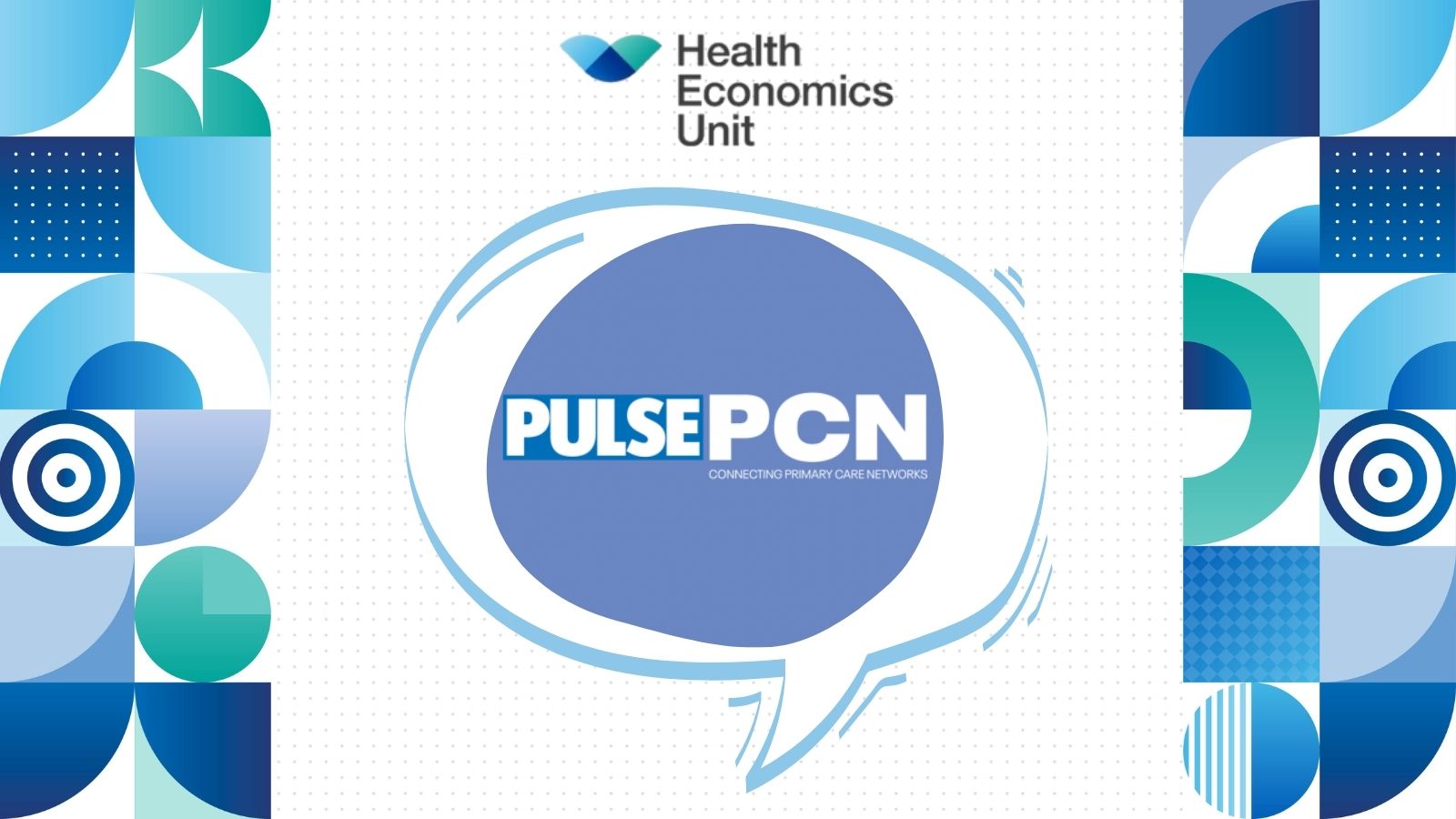Primary Care Networks (PCNs) hold some of the richest data in health and care which can tell us a great deal about our local populations and their needs. However, faced with so much data, it can be difficult to know what to look at and what we can do with it to drive improvements in health and care of our population.
Writing for PULSE, David Sgorbati, Chief Analyst for the Health Economics Unit, offered his insight and some examples as to how data analysis is being used to drive improvements to care up and down the country.
Originally published 31 October 2022.
Data is incredibly powerful when it comes to helping us make decisions about changes to care pathways or the allocation of resources and it really is true that PCNs hold the Crown Jewels of NHS data. As the ‘front door’ of the NHS, you have an unrivalled insight into your population, covering everything from consultation data to prescription information and a whole host of secondary care markers. What’s more, you also have a very deep and profound understanding of your community and its needs. For this reason, it’s vital that you are involved in shaping any collection and analysis of your local data.
Familiarising with uncertainty in your data
Firstly, it’s important to get familiar with the limitations or weaknesses in your data. For example, there is always bias in data due to either the way in which the dataset is defined or in how the data are recorded. Health data typically represents certain groups more than others and this is something that must be considered when developing data driven insight and planning onwards action.
